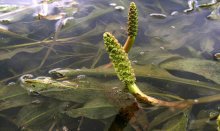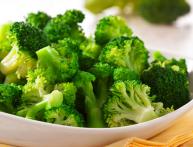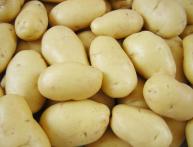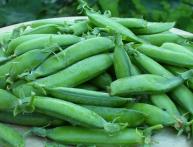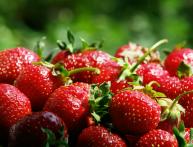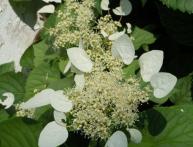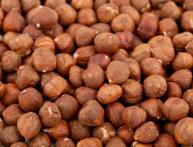Floating pondweed: how to grow on a country pond
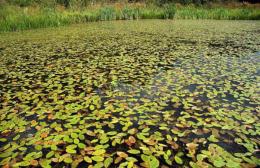
Of the many deep-sea floating plants, floating pondweed is gaining particular popularity. This plant is food for most fish, insects and shellfish. Floating pondweed will become not only a real decoration of a dacha pond, but also an assistant in the fight against some diseases.
Content:
- Floating pondweed: description
- How to grow properly
- Use in folk medicine
- Collection and preparation of material
Floating pondweed: description
Floating pondweed belongs to the perennial aquatic plants of the pondweed family. Other names for this plant are also known: water cabbage, floating, floating tolga. The rhizome is tuberous, thickened, and the stems are round, finely branched, about 60-150 cm high. The leaves are floating, oval in shape with pointed ends.
The structure is dense and leathery with arcuate veins. The color of the leaves is brown-green. When the shoots die, they fall to the bottom and begin to decompose, turning into silt. Flowering begins in summer. Pondweed flowers are bisexual, pale green in color and collected in ring-shaped or cylindrical inflorescences. The perianth is absent.
Pollination of flowers can occur in two ways, depending on the location of the inflorescence. If they rise above the water, they are pollinated by the wind, and if they are located on the surface, they are pollinated in the water.
Reproduction can occur vegetatively or by seeds.The fruits are shaped like a nut and can be distributed over long distances because they do not sink in water. Pondweed grows in fresh or slightly salted water bodies. It can grow even in conditions of low temperature and insufficient light. During the winter, the plant dies, leaving only the rhizome.
In the spring, after the snow begins to thaw, the green mass increases. This plant is very suitable for home ponds, as it can reproduce on its own. On a large country pond, floating pondweed looks great at depth and gives it a natural look.
How to grow properly
Pondweed practically never occurs in home aquariums, since it forms a “carpet” on top and it is impossible to evaluate its external attractiveness. In a home pond, water cabbage is a good refuge for fish. In addition, it enriches water with oxygen very well. At growing no special knowledge required.
For good plant growth, the temperature regime must be observed. The water should be between 23-30 degrees, the acidity should be about 8.0, and the hardness should be 15. In order for the plant to take root, clay must also be present in the reservoir. The soil for growing pondweed must be fertile and rich in organic matter.
To avoid the growth of pondweed, it is recommended to lower it to the bottom along with the pot. This method of cultivation will allow you to control the overgrowth of the pond and, if necessary, remove excess leaves. The plant can be propagated by seeds and shoots. When using seeds, roll the planting material into clay and then immerse it to the bottom no more than 1 m. When propagating by shoots, attach a small weight to them, which will hold the cuttings at the bottom.
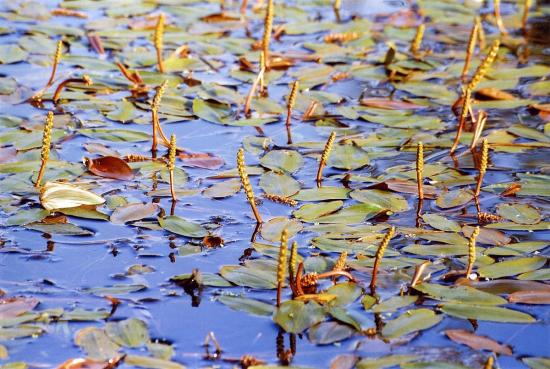
Vegetative propagation should be carried out in spring or summer.If the rhizome is used for propagation, then it must be cut into 2-3 parts and placed in pots with peat. Subsequently, they are placed in a container, which is placed at depth. Compound soil for the container is as follows: clay and coarse sand 1 part each, leaf soil - 2 parts, silt - 4 parts.
Use in folk medicine
Water cabbage contains various beneficial substances, which is why it is often used in folk medicine. The composition includes carotenoid, tannins and aromatic substances, flavonoids, alkaloids. It should be noted that the composition of pondweed has not been fully studied, so it is not advisable to use it during pregnancy and breastfeeding.
In this way, unpleasant consequences can be prevented. The plant has anti-inflammatory, bactericidal and hemostatic effects, thanks to the beneficial components it contains.
Decoctions and infusions based on floating pondweed help with diseases digestive system, which are accompanied by colic, spasms, and diarrhea. To prepare the infusion, grind 5 g of dry herb and add a glass of hot water. Leave to infuse for 2 hours. Take a tablespoon orally three times a day. The infusion has proven itself well for diarrhea.
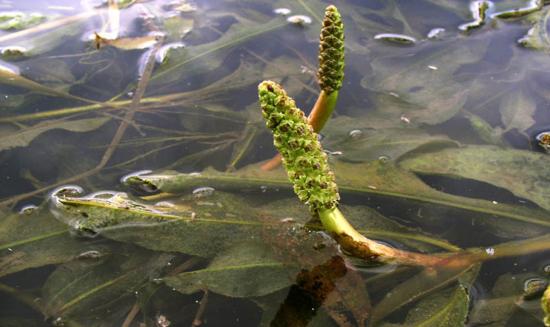
Infusions can be used externally for abscesses, boils, and lichen. Compresses can be applied to sprains, sprains or fractures for 10-15 minutes every day. Infusions can be used to wash open wounds and treat burns. The plant can be used as a sedative, as well as for ascorbic acid deficiency. The rhizomes of floating pondweed can be eaten as it contains starch.
Collection and preparation of material
The quality and expression depend on the correct collection of material. healing properties plants. Pondweed leaves are collected in the summer. After collection, they are washed well and cleaned of dirt. Next, put it in the shade and leave to dry.
After several days, transfer the collected material into paper containers, pack and store in a dry and dark place. The air temperature in the room should range from 20-24 degrees. The grass can be stored in this form for no more than one year.
Pondweed floating on video:


